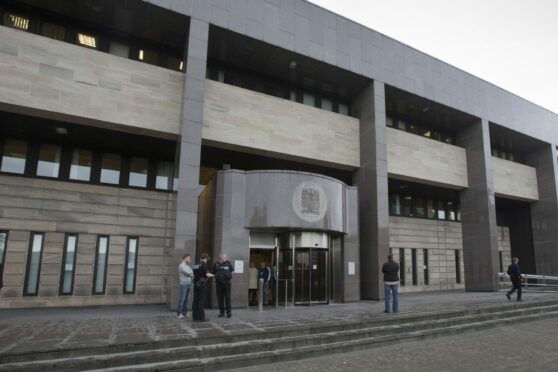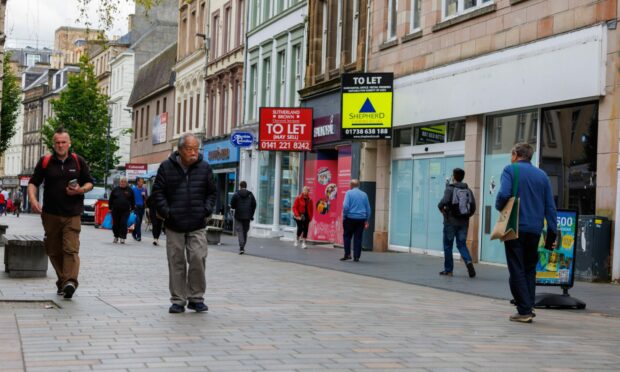A failure to stick to agreed housing numbers is threatening to “swamp” Perth and Kinross with new buildings, campaigners are claiming.
The controversy will be highlighted to councillors on Wednesday when they consider an application for 300 homes on land between Kinross and Milnathort which had “an indicative density of 260 dwellings” in the local development plan (LDP).
One of the objectors, Kinross Civic Trust executive member Ken Miles, says this is a pattern being repeated across the area.
“Developers seeking to build in the Perth and Kinross area are applying for and being granted housing numbers in excess of 100% of that agreed in the PKC LDP,” he said.
“The LDP is a statutory document that identifies the land use and sets the housing numbers for specific sites. Plans are being processed as being in accord with the LDP when they are clearly not.
“The recent old Kinross High School site, although having an allocation for 70 units, was granted 91 units, a 30% increase, in June, to developers Persimmon Homes, the largest UK developer of housing.”
He said this was in danger of happening again with the application at Lathro, Kinross, being considered on Wednesday.
“The report on the Lathro development to the development management committee states ‘the development is considered to comply with the current development plan’,” he said.
Mr Miles said that the LDP takes years to prepare and includes public input and considers factors such as schools and health facilities before arriving at site house numbers.
“The LDP then becomes the adopted template by which all developments are measured and judged before being given planning approval by the local authority, such as Perth and Kinross Council,” he said.
“It appears Perth and Kinross Council officials are advising elected councillors of the development control committee, to believe the LDP housing figure numbers are ‘purely indicative’ and ‘suggested’ and do not have to be adhered to.
“Having checked, I have written confirmation from the Planning and Environmental Appeals Division (DPEA ) to the contrary and this evidence indicates that Perth and Kinross Council are failing to apply the development plan correctly.
“This is a matter I think needs an answer in the public interest given the several hundred further new houses in Kinross and thousands in Perth and elsewhere that are being sought by larger developers which threaten to swamp the area.”
A council spokesperson responded: “When Perth and Kinross Local Development Plan (LDP) was examined by the Planning and Environmental Appeals Division (DPEA) of the Scottish Government it was acknowledged that the recommended densities of housing were not prescriptive and that planning applications for higher densities may be considered acceptable.
“It was agreed that each application should be determined on its own merits and there may be circumstances where a higher or lower figure could be acceptable.”










